I am designing a simple photodiode light sensor circuit. The circuit will use a transimpedance amplifier to generate a usable voltage from the light level detected by the photodiode. The most basic form of the circuit looks like this:

However, many designs that I see also include a very small feedback capacitor (usually a few pF) in parallel with the feedback resistor. Most of the information online also assumes that the amplifier will be operating in AC, with a pulsed laser or some such thing to generate light. Is this feedback capacitor necessary when using the amplifier in DC?
I apologize if this question has already been asked, but I couldn't find a clear answer in my research.

